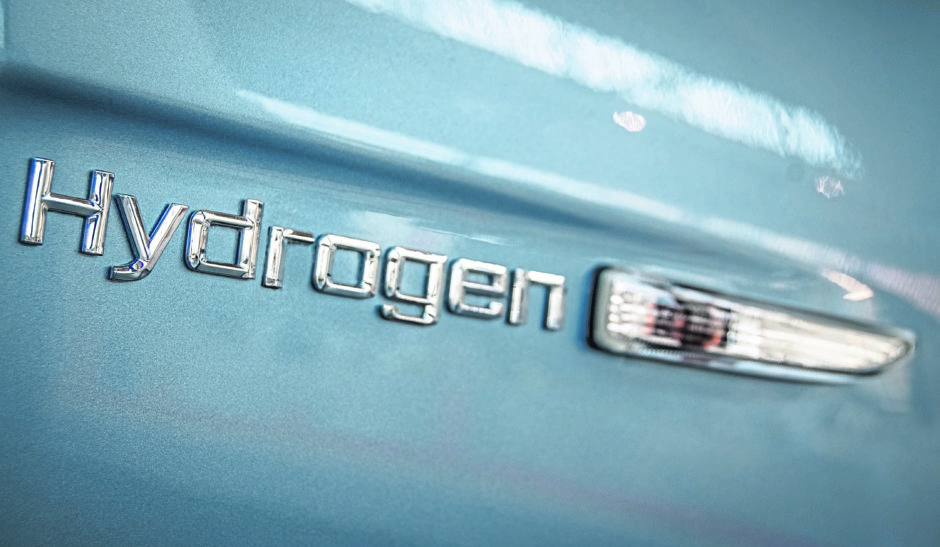
The number of European hydrogen projects in the pipeline is almost double that of current operational projects, according to new research.
Global law firm DLA Piper’s report ‘The Hydrogen Revolution in EMEA’ shows there are 192 planned or announced hydrogen projects in Europe, compared to 107 developments currently in operation.
The list of projects on the horizon includes Dolphyn near Aberdeen, which will be the world’s first floating wind farm to produce green hydrogen.
Earmarked for the same location as the Kincardine Offshore Wind Farm, around 9 miles off the north-east coast, it will initially be a 2 megawatt (MW) demonstration project, increasing to 12MW by 2027.
DLA Piper’s study analyses how the global superfuel market is developing, as well as the different approaches that are being taken across Europe, the Middle East and North Africa.
Current forecasts anticipate that demand for hydrogen will continue to steadily increase towards 2050.
Data suggests that global demand for the emission-free fuel will require additional generation of 35-1,100 terawatt hours (TWh) per year by 2030.
That will then increase to 300-19,000TWh per year by 2050.
According to DLA Piper, the main challenge for hydrogen is to unlock pathways to the production of blue and, in particular, green hydrogen.
That latter uses electrolysis, fueled by renewable power, to convert water, meaning it is emissions free.
The study also argues that investment in clean energy will be a vital part of global economic recovery post pandemic and building a sustainable future.
Natasha Luther-Jones, DLA Piper’s global co-chairwoman, energy and natural resources sector, said: “Clean hydrogen has the potential to be a vital component of future energy systems and as Governments look to recover from the pandemic, an increasing spotlight on the benefits will drive uptake and lead to further jobs and investment from the private sector.
Ms Luther Jones, who is also international co-head for sustainability and environmental, social and governance (ESG), added: “With the number of projects and policies within the energy space growing, coordinating intervention across the piece – from policy and regulation to the role played by the private sector – will be essential to ensure a smooth journey towards sector maturity.”
James Carter, UK head of energy and natural resources at DLA Piper, said: “All aspects of the energy and natural resources sector, across the globe, are going through immense change as they seek to address climate change issues and engage with energy transition.
“There are also significant economic drivers supporting that change, most notably the global need for sustainable economic recovery in a post-pandemic world. It is in that context that cleaner (and clean) hydrogen presents an opportunity to radically change the energy mix in many jurisdictions in a way that has long term benefits for both the planet and the global economy. At DLA Piper we look forward to playing a leading role in that.”
Recommended for you

